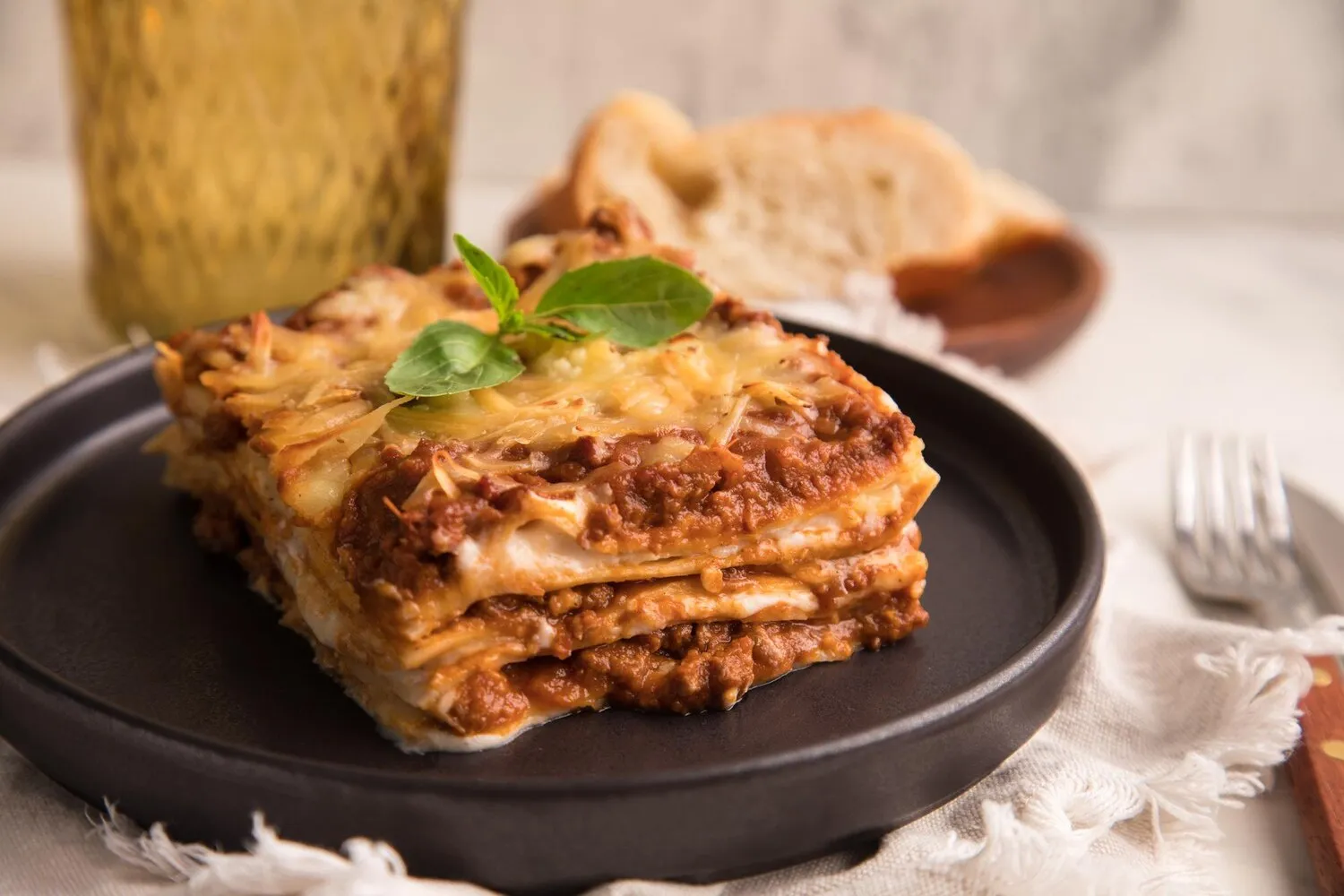
Massas
A variety of pasta dishes are available.
Nutrition Facts
* The % Daily Value (DV) tells you how much a nutrient in a serving of food contributes to a daily diet. 2,000 calories a day is used for general nutrition advice.
Villa São Luiz | Tratoria
Portuguese cuisine, including 'Massas' (pasta dishes), has been shaped by centuries of influence from its maritime history, trade routes, and colonization. The Romans introduced wheat and pasta-making techniques, while the Age of Discovery brought spices and new ingredients from the Americas, Africa, and Asia. 'Massas' developed reflecting both local ingredients and global influences.
Pasta dishes, or 'Massas', are a staple in Portuguese cuisine, often enjoyed as a main course for family meals and celebrations. They reflect the resourcefulness and adaptability of Portuguese cooking.
Family Meals
'Massas' are commonly prepared at home and are a central part of family gatherings. Recipes are often passed down through generations.
Regional Variations
Different regions of Portugal have their own unique 'Massas' variations, using locally sourced ingredients. For example, coastal regions emphasize seafood, while inland regions feature meats and hearty vegetables.
Celebratory Dishes
Certain 'Massas' dishes, such as those with seafood or special meats, are often reserved for special occasions and holidays.
Portuguese 'Massas' are known for their rich, savory flavors, often incorporating seafood, meats, and aromatic herbs.
The flavor profiles of 'Massas' vary widely. Seafood-based dishes often feature garlic, onions, white wine, tomatoes, and herbs like parsley and cilantro. Meat-based dishes may include smoked sausages (chouriço), pork, or beef, often braised in red wine and seasoned with paprika and bay leaves. Olive oil is a fundamental element, providing richness and depth. Lemon is frequently used to brighten the flavors.
Pasta Selection
Choose pasta shapes that complement the sauce. For example, thicker sauces pair well with larger pasta shapes like penne or rigatoni, while lighter sauces work best with thinner pasta like spaghetti or linguine.
Cooking the Pasta
Cook the pasta 'al dente' – slightly firm to the bite. This ensures that it retains its texture when combined with the sauce.
Sauce Consistency
Adjust the sauce consistency by adding pasta water. The starch in the water helps to thicken the sauce and allows it to cling to the pasta better.
Fresh Ingredients
Use fresh herbs and vegetables whenever possible to enhance the flavor of the dish.
Explore additional Italian dishes and restaurants
Explore ItalianDiscover top dining spots and culinary experiences in Brusque.
Explore BrusqueLearn more about the food culture, restaurant scene, and culinary heritage of Brazil.
Explore Brazil